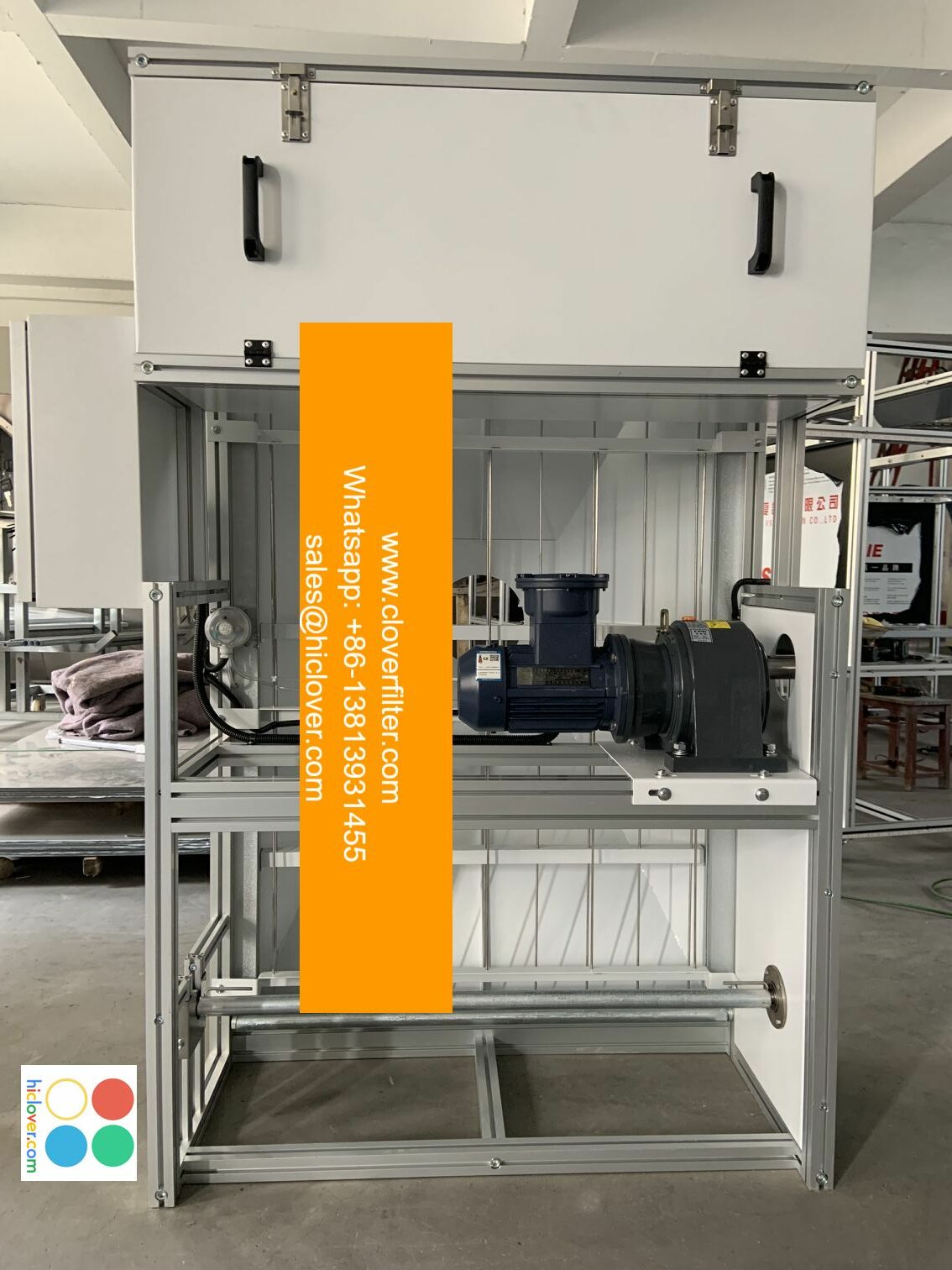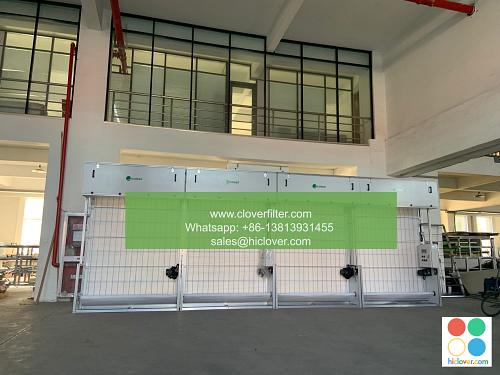The Pros and Cons of Using Pre-Filters with Air Filter Parts

When it comes to maintaining good indoor air quality, using the right air filter parts is crucial. One component that is often overlooked but plays a significant role in enhancing the performance of air filters is the pre-filter. In this article, we will delve into the pros and cons of using pre-filters with air filter parts, highlighting various application areas and key considerations.
What are Pre-Filters and How Do They Work?
Pre-filters are components designed to capture larger particles and contaminants before they reach the main air filter. They are typically installed upstream of the primary air filter and work by trapping dust, dirt, and other debris that could potentially clog or compromise the efficiency of the main filter. By doing so, pre-filters help extend the lifespan of the air filter parts and improve the overall air purification process.
Pros of Using Pre-Filters with Air Filter Parts
The use of pre-filters with air filter parts offers several advantages, including:
– Improved Filter Efficiency: By capturing larger particles, pre-filters reduce the load on the main air filter, allowing it to focus on filtering smaller, more harmful particles like allergens and pollutants.
– Extended Filter Life: With fewer large particles reaching the main filter, it lasts longer, reducing the need for frequent replacements and saving on maintenance costs.
– Enhanced Air Quality: Pre-filters contribute to better indoor air quality by removing a significant amount of dust and debris that could circulate in the air, potentially causing respiratory issues.
– Reduced System Wear and Tear: In HVAC systems, pre-filters can help protect the system components from dust and dirt, leading to less wear and tear and potentially longer system lifespan.
Cons of Using Pre-Filters with Air Filter Parts
While pre-filters offer several benefits, there are also some drawbacks to consider:
– Increased Initial Cost: Adding a pre-filter to an air filtration system can increase the initial setup cost, although this can be offset by longer filter life and other benefits.
– Higher Maintenance Requirements: Pre-filters themselves need to be cleaned or replaced periodically, which can add to the overall maintenance requirements of the air filtration system.
– Potential for Reduced Airflow: If not properly sized or maintained, pre-filters can restrict airflow, potentially reducing the efficiency of the air filtration system.
Application Areas for Pre-Filters
Pre-filters are versatile and can be applied in various settings, including:
– Industrial Air Filtration Systems: In industries where air quality is critical, such as in pharmaceuticals, food processing, and electronics manufacturing, pre-filters play a crucial role in maintaining high air quality standards.
– Commercial HVAC Systems: Offices, schools, and other commercial buildings benefit from pre-filters by improving indoor air quality and reducing maintenance costs.
– Residential Air Purification Systems: Homeowners can also benefit from using pre-filters, especially in areas with high levels of air pollution or for individuals with allergies and respiratory issues.
Conclusion
The decision to use pre-filters with air filter parts should be based on a careful consideration of the pros and cons, as well as the specific requirements of the application area. While pre-filters can significantly enhance air filter performance and indoor air quality, they also introduce additional costs and maintenance needs. By understanding how pre-filters work and their potential benefits and drawbacks, individuals and organizations can make informed decisions about incorporating them into their air filtration systems. Whether in industrial, commercial, or residential settings, pre-filters can be a valuable component of a comprehensive air quality management strategy. You haven’t provided a question or topic for me to address. Please provide more context or information so I can assist you effectively. What would you like to talk about or ask?

